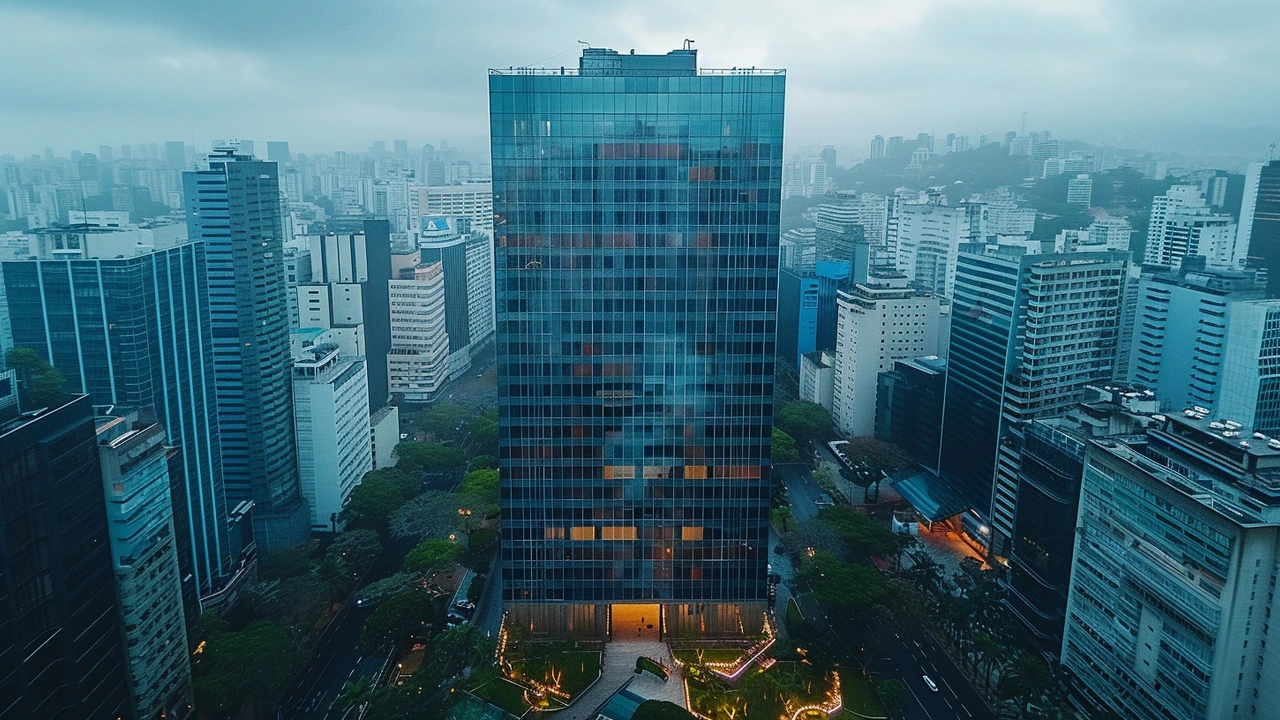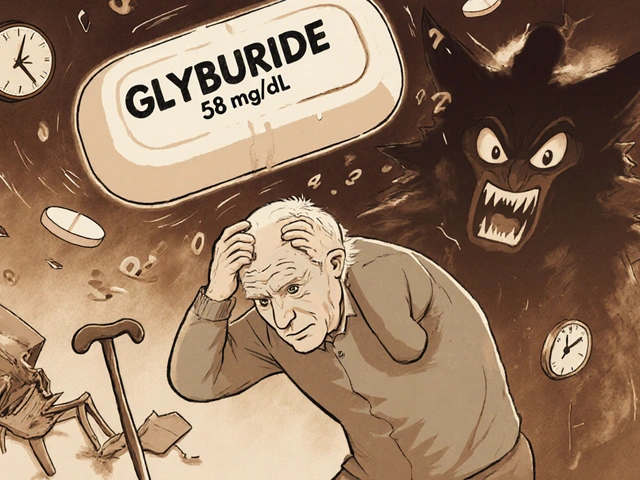Brazil Heritage Conservation: Why It Matters and How You Can Help
Brazil holds some of the world’s most vibrant cultural treasures, from colonial towns to ancient Indigenous sites. Preserving these places isn’t just about keeping old stones standing; it’s about keeping stories, traditions, and identity alive for future generations.
Top Brazilian Heritage Sites Worth Protecting
Ouro Preto, a UNESCO World Heritage town, dazzles with baroque churches and gold‑mining history. The historic centre of Rio de Janeiro showcases colonial forts, colourful streets, and the iconic Selarón Steps. São Paulo’s Pátio do Colégio marks the city’s founding, while the Amazon’s Indigenous settlements guard centuries‑old knowledge of the forest. Each site faces threats like urban expansion, climate change, and insufficient funding.
Practical Ways to Support Conservation Efforts
Want to make a difference? Start by choosing responsible tourism: respect local customs, stay on designated paths, and buy from community‑run shops. Volunteering with NGOs that restore murals, clean up riverbanks, or document oral histories helps on the ground. Small donations to heritage foundations fund critical repairs, and sharing information on social media raises awareness fast.
Local governments often need public input for preservation projects. Attend town hall meetings, sign petitions, or write to officials asking for stronger protection laws. When you see a historic building in danger, report it to the Ministry of Culture or a local heritage council.
Education is a powerful tool. Teach friends and family about the stories behind places like the Pelourinho district in Salvador or the Jesuit missions of São Miguel das Missões. The more people know why these sites matter, the louder the collective voice for their safety.
In short, protecting Brazil’s heritage isn’t a job for experts alone. Your curiosity, choices, and community action add up to real change. So next time you plan a trip or hear about a historic site at risk, remember you have simple ways to help keep Brazil’s past alive today.





